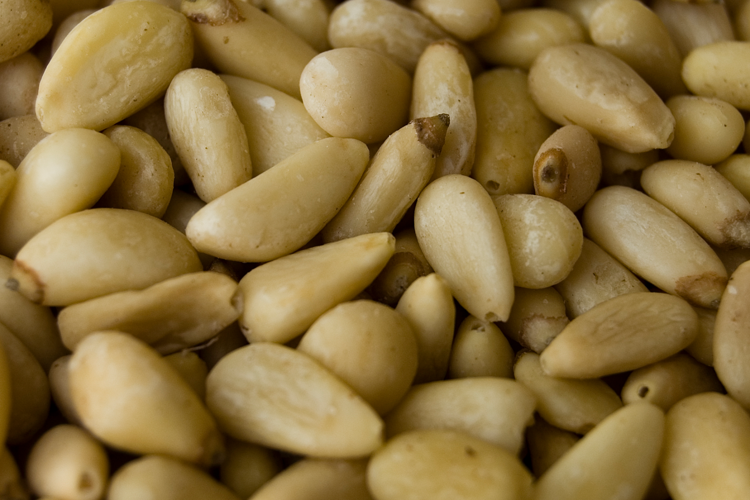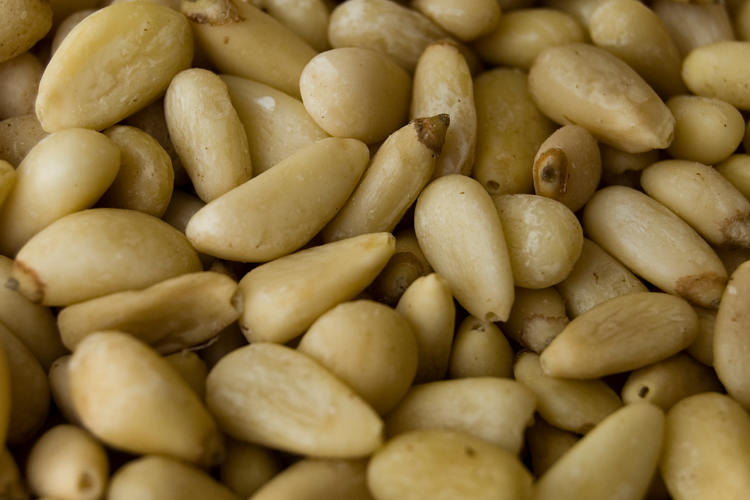
I’ve been writing about food for quite awhile now, about eight years. And I’ve been eating food for more than six times that long. So it’s a surprise when I come across a food topic that I have never heard anything about before. (No, not that one!)
I happen to be Facebook friends with noted food writer and editor Francis Lam, whom I’ve met through various Southern Foodways Alliance events. He is a fantastic communicator, so I tend to follow whatever he says pretty closely, but I was utterly baffled by a recent status update of his on Facebook:
“Bit into a bitter pine nut. Now living in dread of getting pine nut mouth — supposedly starts in 48 hours. Who's been here before?”
Pine nut mouth? Say what? This was a new syndrome to me, for sure. I’ve certainly bit into a less than savory pine seed before, but it was just a momentarily unpleasant experience, not something to “live in dread” over. When confronted by a medical disorder I knew nothing about, I did exactly what you’re not supposed to do. I checked the internet.
It turns out that much of the internet was way ahead of me. The FDA first began to investigate “pine nut mouth” in 2010, tracking reports of people who complained about a bitter or metallic taste in their mouth after eating pine nuts, and even worse, nothing tasted right for up to two weeks afterwards. If you eat and write about it for a living like Lam does, this seems like a big issue.
A lingering bad taste in your mouth has a scientific name, “dysgeusia.” As more and more people began to report experiencing the malady, suspicions began to circulate that the nuts that were the culprits came from a specific species of white pine tree out of China, Pinus armandii. There were two suspected reasons for the rise of this phenomenon. First, a bad pine tree harvest in 2010 led to the opening of more imports from China, and also the rise of Trader Joe’s as a chain meant that more people were shopping at their stores, known for selling lots of Chinese imports — a practice that has since been greatly reduced.
In general, pine nut mouth isn’t an allergy, per se. Most people afflicted by it have eaten pine nuts in the past with no deleterious effects. But one bad nut …
The syndrome may be a sensitivity to a few particular species of pine tree, since more than 20 different varieties can supply edible nuts. There’s no indicator who will or won’t be affected, and just because you bite into a rancid nut like Lam did, it doesn’t mean your next two weeks of eating will be ruined. (They weren’t for Francis, btw.)
There's no treatment, but the FDA says symptoms decrease over time "with no apparent adverse clinical side effects."
As with any food, knowing the source of the product is a good defense. Ask your grocer or check the label to see if your pine nuts are from China or Russia. Not to get all Trumpy or anything, but buying American is the best defense in this case. Let’s make America nutty again!







